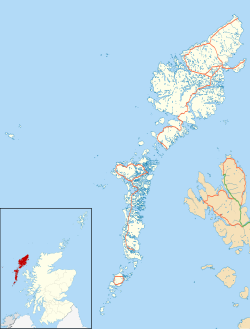Draft:Callanish V
 | Draft article not currently submitted for review.
This is a draft Articles for creation (AfC) submission. It is not currently pending review. While there are no deadlines, abandoned drafts may be deleted after six months. To edit the draft click on the "Edit" tab at the top of the window. To be accepted, a draft should:
It is strongly discouraged to write about yourself, your business or employer. If you do so, you must declare it. Where to get help
How to improve a draft
You can also browse Wikipedia:Featured articles and Wikipedia:Good articles to find examples of Wikipedia's best writing on topics similar to your proposed article. Improving your odds of a speedy review To improve your odds of a faster review, tag your draft with relevant WikiProject tags using the button below. This will let reviewers know a new draft has been submitted in their area of interest. For instance, if you wrote about a female astronomer, you would want to add the Biography, Astronomy, and Women scientists tags. Editor resources
Last edited by Scope creep (talk | contribs) 2 months ago. (Update) |
 Callanish V, looking south | |
| Location | Lewis |
|---|---|
| Coordinates | 58°10′15″N 6°42′19″W / 58.170816°N 6.705258°W |
| Type | Stone row |
| History | |
| Periods | Neolithic, Bronze Age |
Callanish V is a stone row on the east slope of Druim nam Bidearan on the Isle of Lewis. It one of many megalithic structures around the more well-known and larger Calanais I on the west coast of Lewis, in the Western Isles of the Outer Hebrides, Scotland.
Callanish V a short alignment of stones running diagonally uphill.[1] Looking south along the row of stones a large angular boulder can be seen at the far end of the hillslope, almost 100 metres away.[1] The horizon is 17 kilometers away and the alignment corresponds to where the moon rises at the southern-extreme of the moon’s path.[1]
References
[edit]- ^ a b c Historic Environment Scotland. "Lewis, Stonefield (4171)". Canmore. Retrieved 11 September 2024.

